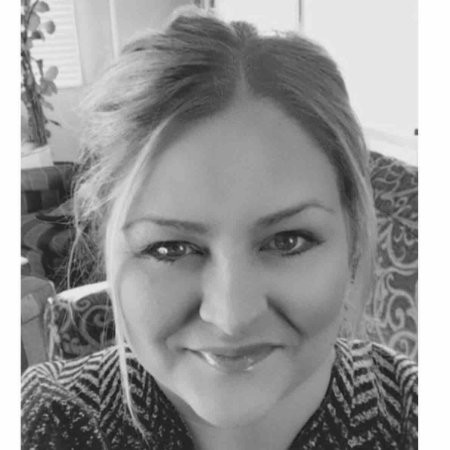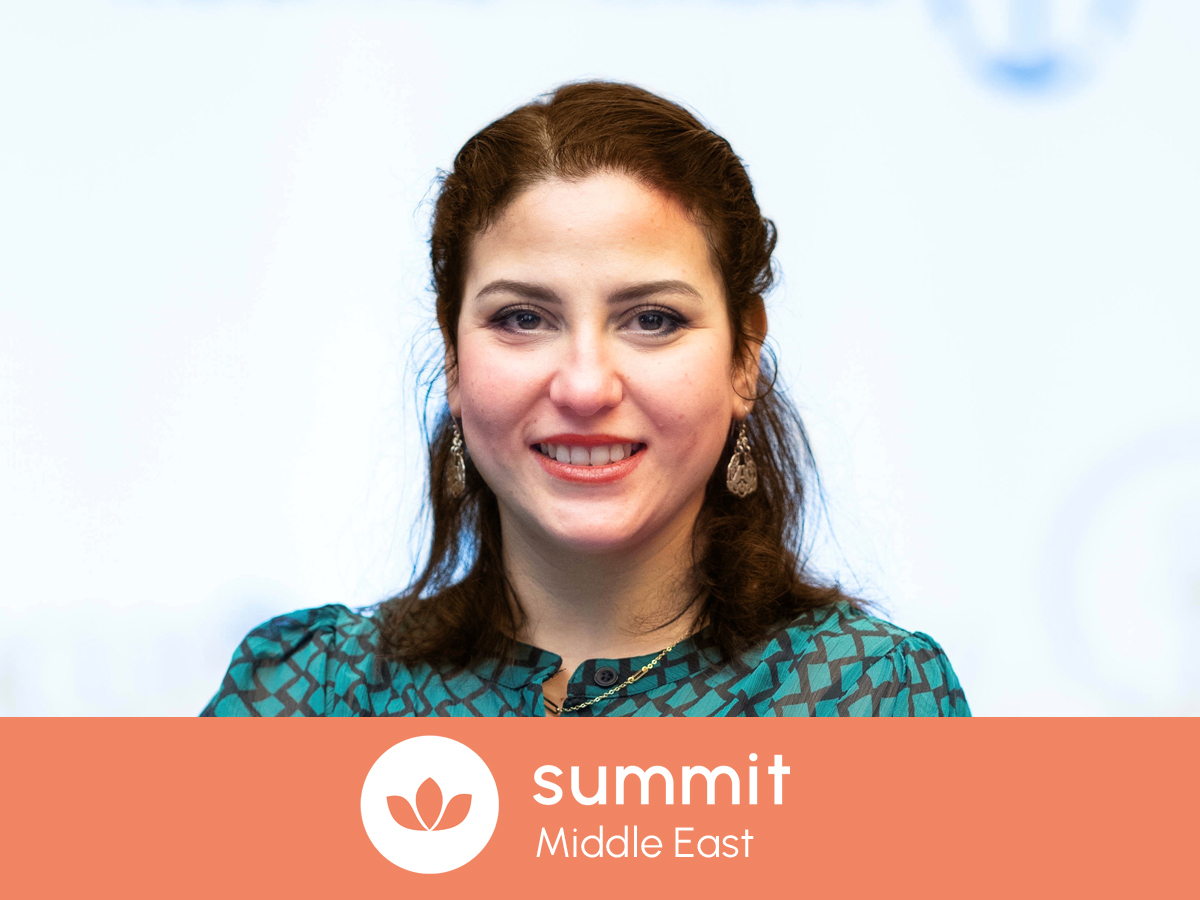
With over 25 years of industry experience, Nadine began her career in wealth implementations successfully launching complex retirement plans across North America. Over the years, she has taken on a variety of roles spanning multiple solution lines, including leadership in client management, strategic negotiations and revenue growth initiatives. Her expertise includes best practices consulting, process optimization and system integrations, as well as executive sponsorhip and commercial strategy across Canada and the US.
We are delighted that Nadine will be speaking in Toronto as part of our Canada Summit this year. We caught up with her to find out how she’s feeling in the runup to the event.
Hi Nadine, we are thrilled that you will be speaking at the Wellbeing at Work Summit Canada in October. Our first and most important question is, how are you doing today?
I am doing well – thank you! Like many leaders, my days are full and often moving quickly but I try and take moments to ground myself and focus on what really matters, both at work and home. Balance is something I continually work on as it energizes me.
As a leader based in the region, what are the main challenges you are facing when it comes to employee wellbeing and mental health?
One of the most pressing challenges today is ensuring that wellbeing and mental health aren’t treated as standalone programs, but are woven into the fabric of everyday work and culture. Sustainability in this space means making support continuous, not episodic. Equally important is personalization. Every individual has unique needs, and a one-size-fits-all approach simply falls short. Tailored support is essential to truly meet people where they are. And in a world marked by rapid change and uncertainty, even the most supportive workplaces must acknowledge the heightened stress people are carrying. That emotional weight needs to be factored into how we design and deliver care.
What strategies have you seen developing over the past 6 months, both internally and externally, that are moving the dial on wellbeing in the workplace?
There’s been a noticeable shift in how leaders and organizations approach mental health and wellbeing. More than ever, we’re seeing them show up with greater visibility and vulnerability, opening up conversations that were once considered off-limits. Alongside this cultural change, there’s a growing emphasis on flexible work design, expanded benefits programs, and empowering individuals with real choices that impact their wellbeing. Organizations are also becoming more intentional about raising awareness of the resources available, helping people identify what truly resonates with their personal needs. Many of our clients are moving beyond traditional support models, exploring more proactive strategies to recognize early signs of burnout before they escalate.
Why is employee wellbeing so important to you personally?
I’ve seen firsthand how wellbeing impacts performance, engagement and relationships. Personally, I’ve also been on a wellbeing journey for a while with some success and continuous efforts. We spend a lot of time at work and if people cannot thrive there, it affects every other part of their life. I know I’ve done my best work when I was in a culture that prioritized wellbeing, and I want to help create that for others within my organization and our clients and community.
What impact is AI having in your organization and how are you managing that?
AI is generating a real buzz across our organization, sparking excitement and curiosity in some, and a touch of apprehension in others. It’s transforming how work gets done at every level, across every industry. From unlocking efficiencies and surfacing insights we couldn’t reach before, to enabling more personalized services, the potential is enormous. At the same time, it’s natural for employees to feel uncertain about how their roles might evolve. That’s why we’re approaching this shift with transparency, embedding AI into our culture as an “AI-first” organization. We’re putting thoughtful guardrails and governance in place to ensure it’s used ethically and responsibly. What’s been most encouraging is seeing how quickly our teams are embracing these tools once they experience the benefits firsthand. When AI helps simplify tasks and elevate the quality of our work, it becomes not just a technology shift but a catalyst for better service and stronger outcomes.
Other than AI, are there any challenges that you are seeing for the first time and how are you addressing them?
A new challenge we are facing is the blurred boundary between work and life. Technology has made us more connected than ever, which can be positive, but it also creates pressure to be “always on.” We are working to normalize disconnecting, build trust in flexible arrangements, and remind leaders that wellbeing is modeled from the top down.
What areas do you think employers should be focused on over the next 12 months?
When it comes to driving meaningful change in workplace wellbeing, I’d highlight three key focus areas:
Empowering Managers as Wellbeing Champions: Managers are often the first line of influence when it comes to employee experience. Equipping them with the right skills, tools, and confidence to support wellbeing is essential. Their ability to foster trust, recognize signs of burnout, and create psychologically safe environments can make a big difference.
Rethinking Communication for Greater Impact: Gone are the days of one-size-fits-all messaging. Organizations are evolving their communication strategies to deliver more targeted, relevant content that resonates with diverse employee needs. Awareness is only effective when it’s personalized and accessible.
Preparing for Continuous Change: The pace of transformation isn’t slowing down. Preparing the workforce to embrace ongoing change, whether through new technologies, flexible work models, or evolving roles, is critical. Building adaptability and resilience into the culture helps teams thrive, not just survive.
Do you feel that investment in employee wellbeing in the region is increasing or decreasing and is that a direct reflection on HR leaders’ increasing ability to demonstrate effective returns of their strategies to leadership?
I see investment increasing, though often in targeted and strategic ways where there is a very clear ROI (Return on Investment). Leaders are more focused on initiatives that drive measurable impact rather than a long list of programs. HR leaders have become more skilled at showing the connection between wellbeing, engagement, and business outcomes, which has strengthened the case for sustained investment.
How has your organization been leading the way?
Alight has been intentional about embedding wellbeing into our culture, products, and services, rather than treating it as a separate initiative. That means measuring it alongside business performance, ensuring leaders at all levels are accountable for it, and providing employees with flexible tools that meet them where they are. Importantly, we also continue to listen to the 35 million+ people and over 3000 clients we serve through surveys, focus groups, and direct dialogue, so we are not just assuming what people need but adapting as those needs evolve.
Nadine will be speaking in Toronto at the Wellbeing at Work Summit Canada.
Our Toronto Summit takes place on October 21, 2025. Visit our Toronto webpage for further details and to book your tickets.
Our Calgary Summit takes place on October 23, 2025. To find out more about our Calgary Summit and book your tickets please visit our Calgary webpage.



